2020 BMW M235i and 228i Gran Coupe Prototype First Drive
The 2020 BMW 2-Series is a sprightly little compact coupe. Available with either a powerful turbocharged four-cylinder or inline-six motor driving the front wheels, the 2-Series have always felt like a proper BMW. If there's one thing that has been holding back the existing 2 Series from its places as the Ultimate Driving Machine of German luxury compacts, it's the fact it only has been available with two doors. And with the Mercedes-Benz A-Class and CLA looming in the distance, BMW needed a proper compact four-door to stand a chance.
Enter the 2020 BMW M235i Gran Coupe. It's not just a four-door version of the 2 Series – it's an all-new, entry-level compact luxury vehicle designed to attract younger customers to the BMW brand. And since the Bavarian badge is synonymous with excellent driving dynamics, the new M235i has to hold up there, too.
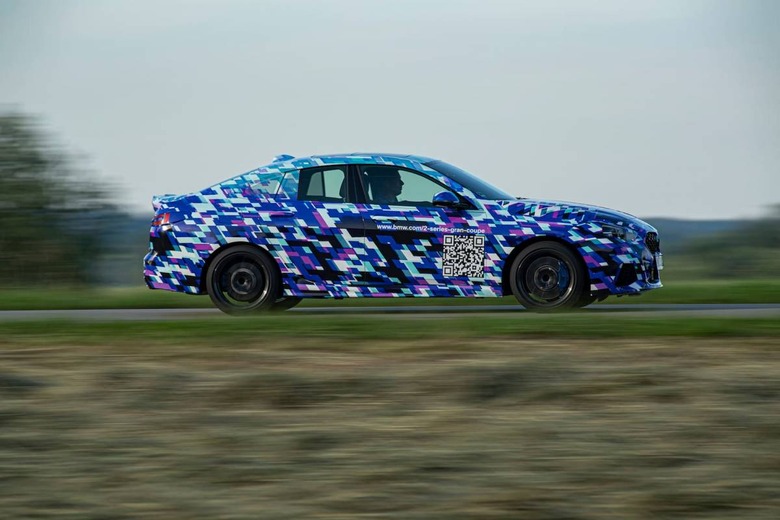
"When we received the design brief for the 2 Series Gran Coupe, it needed to offer interior space, luggage space, and extrovert design while remaining true to the BMW driving dynamics," Bernard van der Meer, Project Manager Driving Dynamics for the BMW 2 Series Gran Coupe, explained. "We looked into what sort of architecture would fit this design brief best. And with the spatial requirements, we quickly found out our front-wheel-drive architecture would offer the best of both worlds. With the engine and gearbox mounted in the front, we achieved more interior space for the first row occupants. And then with the package-optimized rear suspension, we were able to achieve the space in the back and a large trunk."
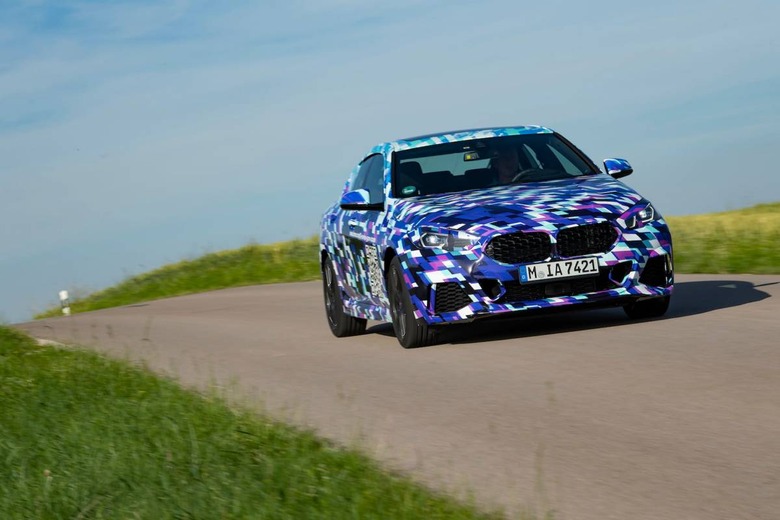
The enlarged BMW kidney grille from the automaker's recent, larger models has made its way to the new 2 Series Gran Coupe's nose, too. The larger snout's purpose isn't to just put the fear into the Mercedes-Benz CLA and the Audi A3, though, but to cool down the motor and improve aerodynamics effectively. The M235i comes with active grille shutters that open or close depending on the cooling requirements of the motor. That's further complemented by larger air intakes that are designed to perform two tasks: feed cooler air to the powerful four-cylinder motor, and ventilate the front brakes.
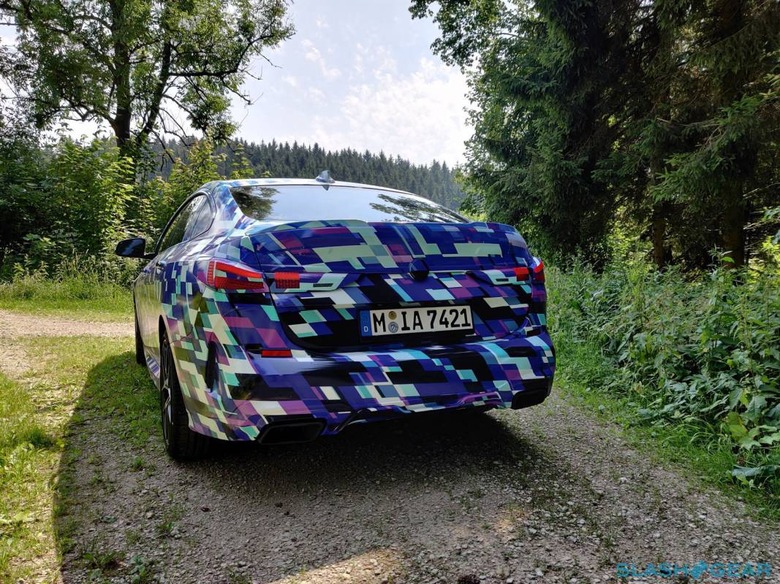
Out in the back, the new M235i Gran Coupe has standard LED taillights that are interconnected with a black, high-gloss element. The new design element is the first for BMW, and it's a necessary evil to optically stretch the car and give it a broader stance despite the compact dimensions.
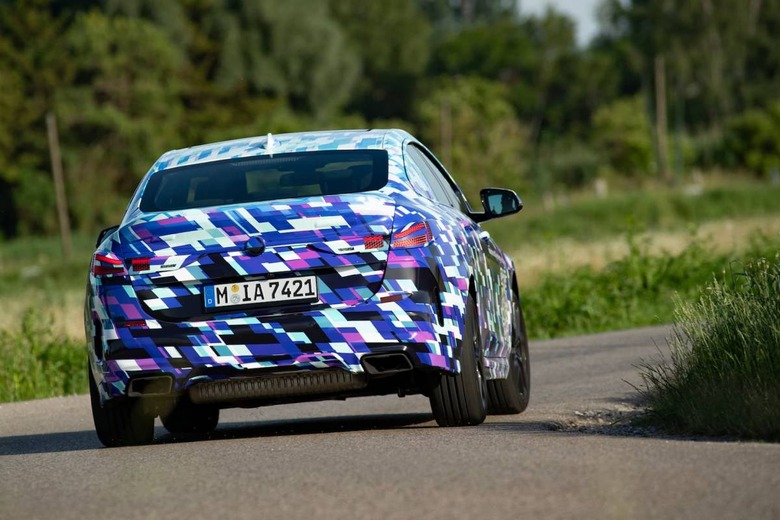
It's hard to deny how much the Gran Coupe has grown over the conventional 2 Series Coupe. It's not as large or as roomy as the 3-Series, no, but it does offer more wiggle room in the front along with incrementally more rear legroom and headroom than in the 2-Series Coupe. Admittedly, taller passengers above 6'2" might still find the interior space at a tight premium, but we're still talking about usable and practical rear seats that also fold down if you wish to carry longer items inside the car.
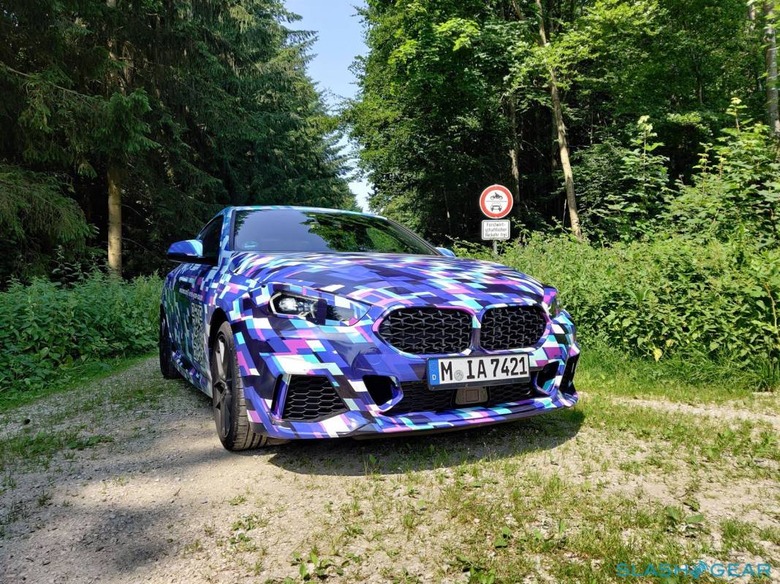
I spent most time behind the wheel of the 228i with the 231-horsepower 2.0-liter engine and 8-speed Aisin automatic gearbox. However, I also got some seat time in the 2020 M235i Gran Coupe. It comes with 306-hp and 332 lb-ft of torque, from the most powerful four-cylinder engine in BMW's history. It's mated to an 8-speed automatic transmission with the xDrive all-wheel-drive system; the latter can feed up to 50-percent of torque to the front wheels. If the engine specs are familiar, you're probably right: it's the same motor in the X2 M35i. The difference is in the electronic tuning of the steering and stability control system. In order to deliver the famed driving dynamics of a BMW, the M235i Gran Coupe also comes with specific mechanical suspension parts including specific springs, dampers, and anti-roll bars, which are all specifically engineered for the M235i.
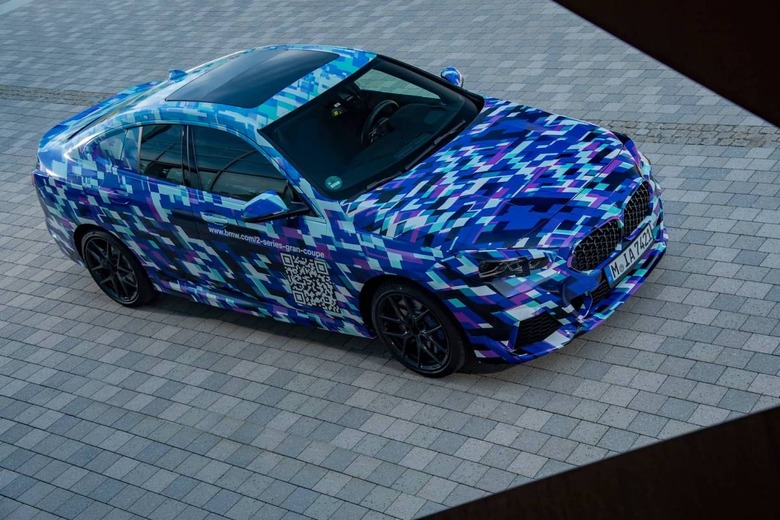
For example, the M235i also comes with additional bracing for the front strut brace. In the lesser-endowed 228i, the strut brace is only held by a single bolt to the strut turrets. But in the M235i, there's another bracing which connects the top of the strut tower to the firewall. To provide better stability due to the higher power output, the M235i is gets fitted with a series of Boomerang-shaped braces on the left and right front wheel. "There's a specific geometry for this vehicle for this type of power output, due to the fact we have a specific rear sub-frame and modified kinematics for the rear suspension compared to the 228i," said Bernard van der Meer.
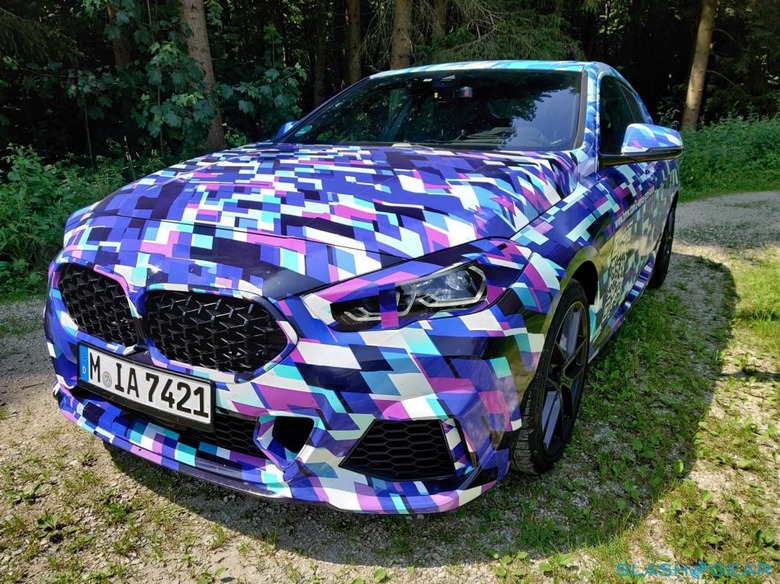
Standard on the M235i Gran Coupe is a fixed caliper four-piston brake system. BMW is the first OEM brand to use this so-called compact caliper design, and it allows the car to sit on wider wheels without rubbing against the brake calipers. Speaking of wheels, the M235i is riding on standard 18-inch alloys and 225/40R18 tires with optional 19-inch wheels and 235/35R19 rubber. Meanwhile, the 228i receives standard 17-inch wheels while 18-inch alloys are optional.
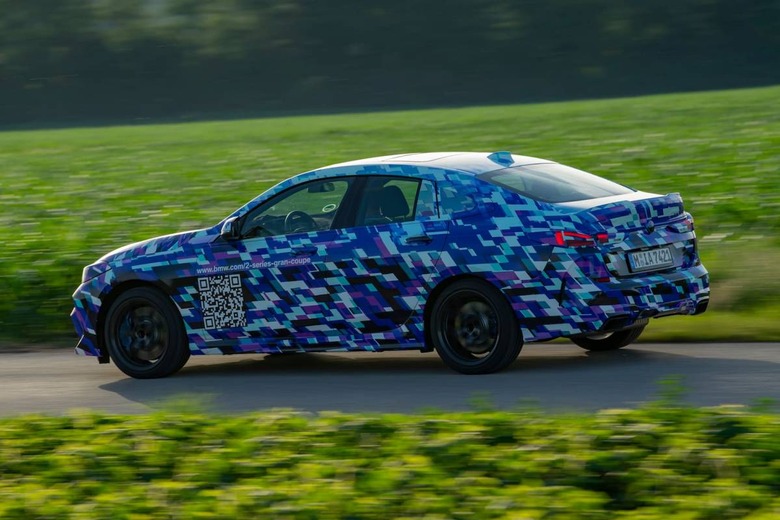
The 228i is already potent enough to deserve its place in the fast lane on the Autobahn, but the M235i Gran Coupe all-around sportiness takes the driving experience to the level buyers expect from BMW. Might I even dare say that BMW's got its mojo back?
In both cars, the engine and exhaust sound is what I was expecting from a small and sporty BMW. But the way the engine sounds as it sings to the upper reaches of the rev range is something that defines the M235i, most particularly in the Sport mode. In this setting, the steering feels more direct while the power system offers less support, so the tiller needs more force or momentum to turn. BMW vetted a short and sweet drive route involving some high-speed autobahn sprints, but where the M235i shines was going through a section of twisties. It negotiated off-camber without much fuss. You can feel how quick it composes itself after a tight bend and sets itself up for rapid acceleration. In short, it felt exhilarating, and for an entry level car these are exciting grounds that BMW is covering.
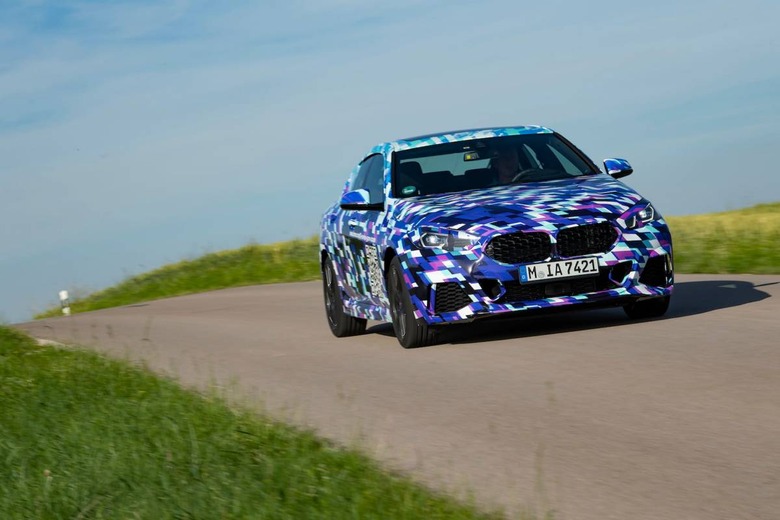
The suspension also firms up as it braces the car for harder acceleration and cornering. The car offers an Individual setting where you can tune the steering, engine, and transmission to your liking. For instance, it's possible to have softer steering while dialing the engine and transmission to the sportiest settings.
But the clincher here is the revised dynamic traction control system. The system is now ten times quicker, BMW claims, with reduced latency courtesy of a new electronic design. You can have it switched on at all times when driving over tricky or slippery conditions, then – when you want a bit more tail-happy action in your M235i – simply press a button, and the system allows more slip. I tried my best to kick out the back end but, due to the road surface, it wasn't so easy until all the nannies were switched off.
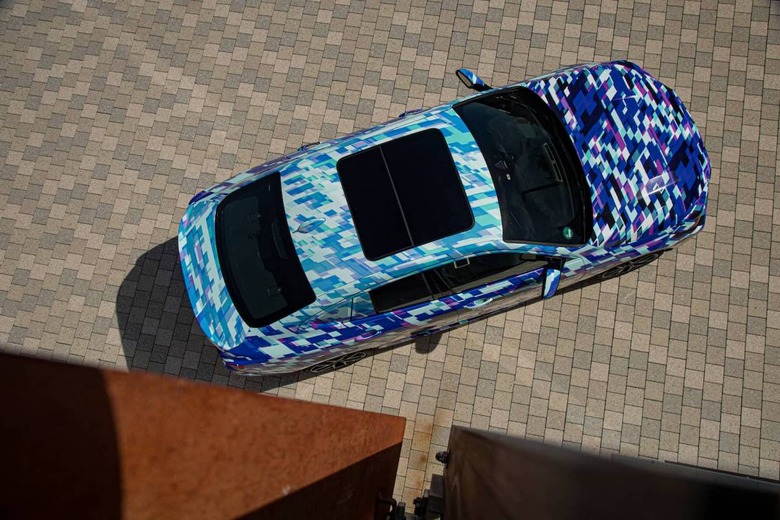
Feeling much more confident and the encouragement from my co-driver, Albert "Mike" Maier, Application Driving Dynamics for BMW, I pressed and held the DSC button for five seconds to turn the traction control completely OFF. Being a little nervous at the thought of scratching (or worse) BMW's precious pre-production mule, I did my best not to wreck to and, happily, I didn't. The agility of the M235i far exceeded my expectations for an entry compact coupe.
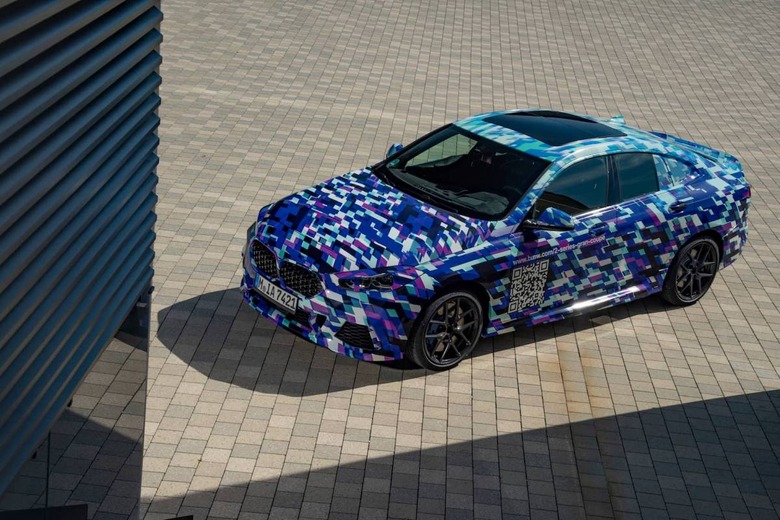
It's worth noting that the XDrive all-wheel-drive system in the 228i and M235i can only transfer up to 50-percent of torque in the front or rear axles. Unlike in the M5, where the xDrive system can route all the torque in the rear, the M235i will allow you to have a bit more fun without breaking loose like in an M5. For the segment, that restriction probably makes a lot of sense.
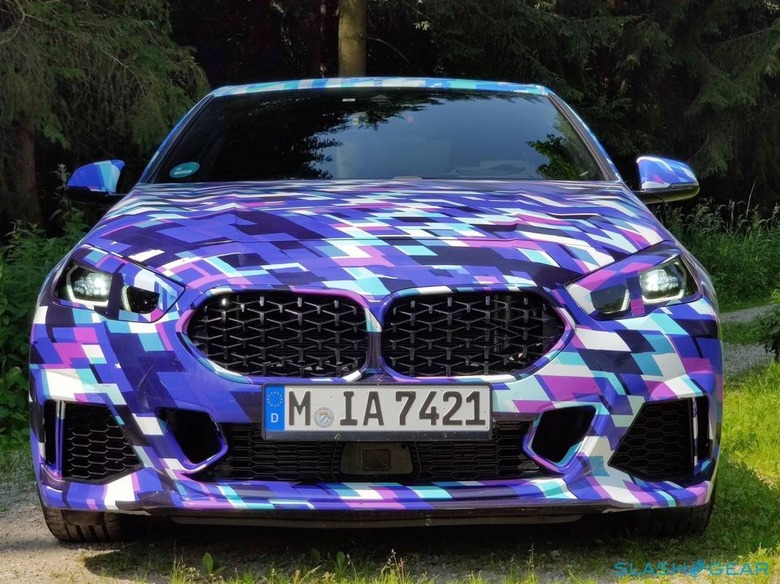
Overall, my short stint with the M235i and the 228i gave me confidences that BMW is on track to take on the competitors, and it's about time they have a proper 4-door gran coupe locked and loaded. I'm looking forward to truly take this for a spin on a race track and spend more time on the road and, when that happens, I'll report back with more details.
